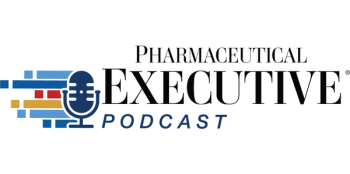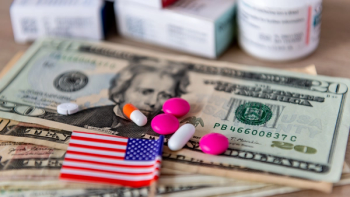
R&D Trends for 2013: Data Trims, Partnerships, and Emerging Global Players
The Tufts Center for the Study of Drug Development (CSDD) sees two key trends as increasingly important for pharmaceutical companies to maintain success:
The Tufts Center for the Study of Drug Development (CSDD) sees two key trends as increasingly important for pharmaceutical companies to maintain success: eliminating the bane of extraneous data and fostering collaborations with academia and multi-company consortia both as measures of reducing costs and remaining competitive by more quickly and effectively guiding medicines to market. Additionally, a new event on the horizon is the emergence of foreign players in key markets determined to steal a page from big pharma’s playbook.
According to the latest
Trends also point to newer collaboration models being used that foster competition among academic institutions to generate solid leads for novel therapies in exchange for research grants from drug companies. As Kenneth Kaitin, Professor and Director of CSDD explains, “This new academic-industry relationship works out for companies who can incentivize multiple projects before fully entering into contracts that limit the possibilities to the findings of just one school, and it also works out for academics seeking to gain access to industry-exclusive tools as well as areas where pharma holds expertise.” Other tactics gaining prevalence are the establishment of multi-company consortia, many of which center around specific therapeutic areas as a way to effectively address areas of unmet need.
Also events coming to fruition in 2013: Kaitin points to companies from China, India, and other non-western countries emerging to introduce medicines to the global market. For example, he says, “China’s State Food and Drug Administration (SFDA) is aware of the need to be a more active player in the world pharmaceutical market and knows the only way to do that is to improve the regulatory environment for companies to conduct clinical research there. When you look at the size of the population and the opportunity for growth of western medicine in those regions, they are not that far off in solving the problem.”
In the coming year, Tufts CSDD research priorities will look at evaluating best practices in improving minority patient participation, evaluating costs of regulatory harmonization, and assessing reasons why investigational drugs fail.
Newsletter
Lead with insight with the Pharmaceutical Executive newsletter, featuring strategic analysis, leadership trends, and market intelligence for biopharma decision-makers.





